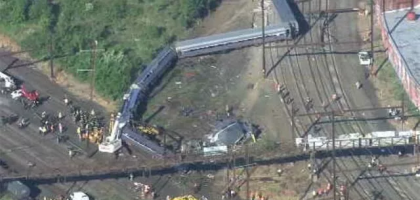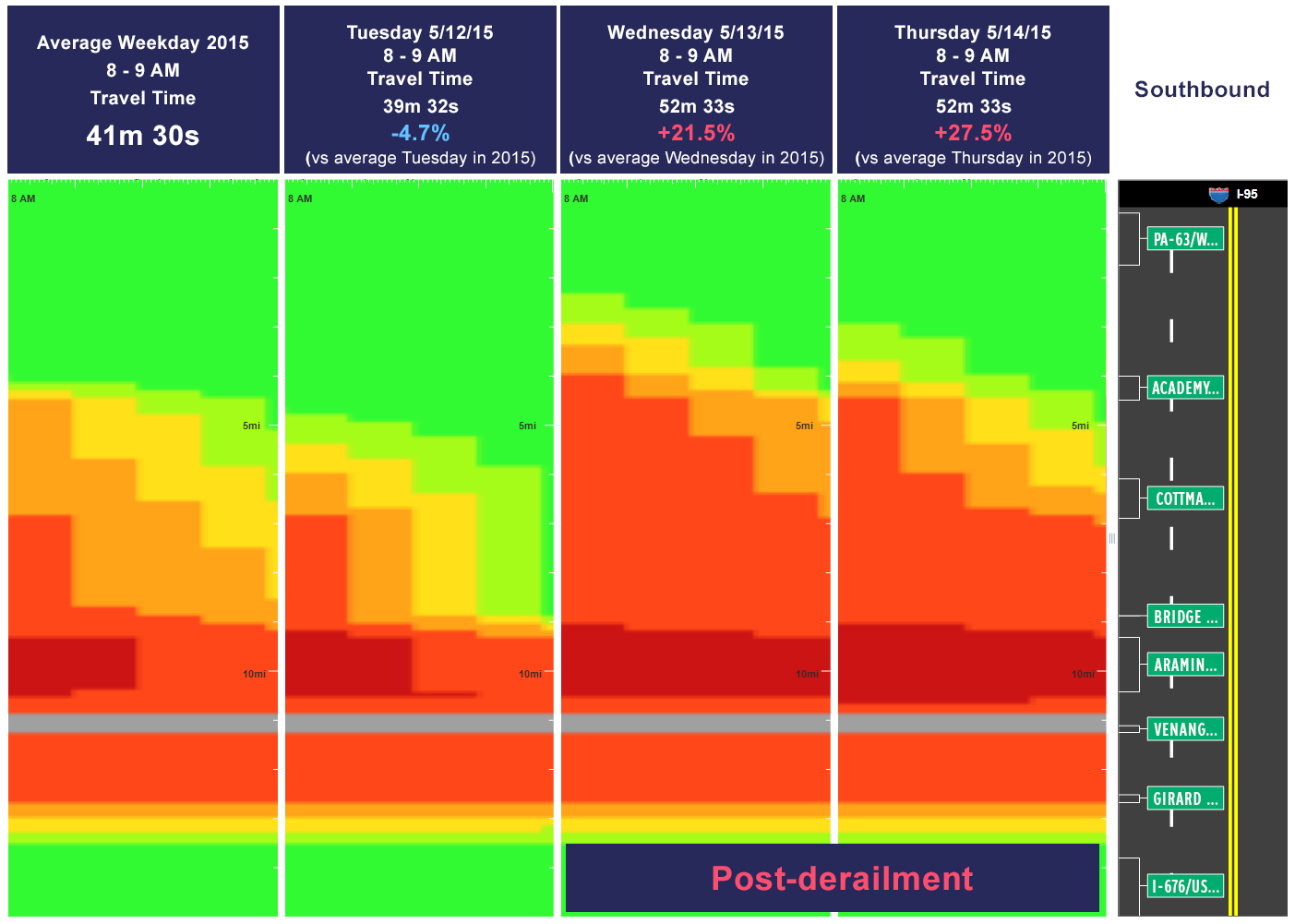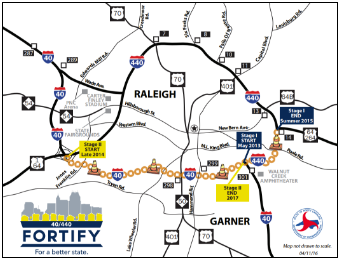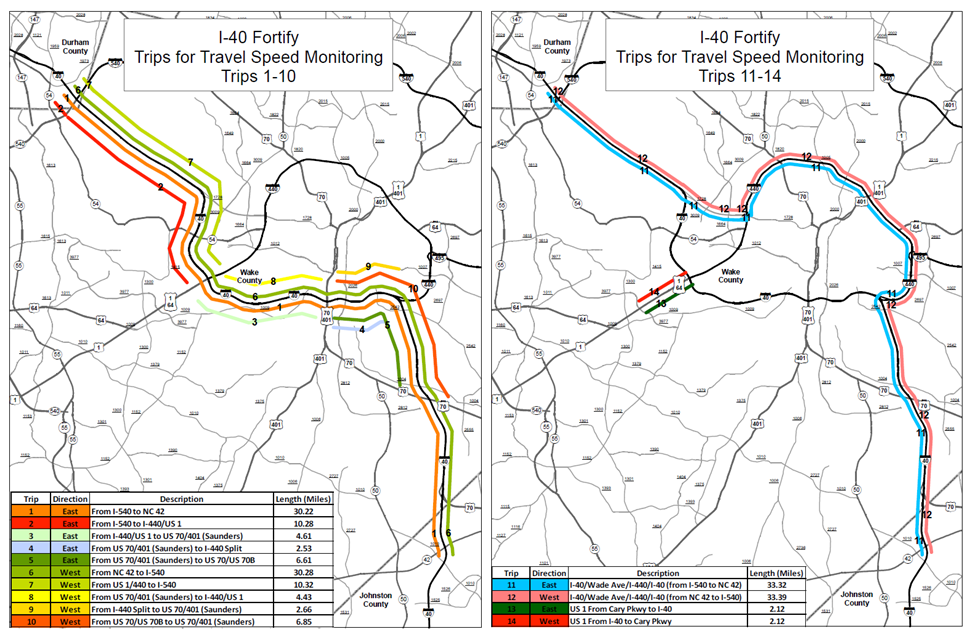Delaware Valley Regional Planning Commission: Amtrak Derailment

What Happened
Amtrak NE Regional train #188 derailed shortly after 9:00 PM on May 12, 2015.
Due to the subsequent investigation, SEPTA's Trenton Line was shut down for three days,
adding another 1,000 commuters to travel the I-95 corridor in the peak periods.
DVRPC’S Response
 DVRPC used Congestion Scan to evaluate the impact of increased commuter travel on I-95 in
Philadelphia after an Amtrak derailment. They queried a three-day period from May 12th to May 14th
over a 15-mile stretch of I-95, and compared results to averages for those days.
DVRPC used Congestion Scan to evaluate the impact of increased commuter travel on I-95 in
Philadelphia after an Amtrak derailment. They queried a three-day period from May 12th to May 14th
over a 15-mile stretch of I-95, and compared results to averages for those days.
North Carolina Department of Transportation: Fortify Construction Project

What Happened
Fortify was a construction project on I-40 in Wake County, NC that involved a rebuilding of the roadway in the Raleigh area.
This large-scale construction project involved lane closures and traffic shifts that had a substantial traffic impact on this
heavily-travelled interstate as well as the surrounding areas.
NCDOT’S Response
 NCDOT used PDA's Massive Data Downloader to create daily peak-period
travel time reports and monitor congestion through the
construction project as well as several distinct “trips” of alternate routes.
Additional small “trips” (13 & 14) were added by request.
NCDOT used PDA's Massive Data Downloader to create daily peak-period
travel time reports and monitor congestion through the
construction project as well as several distinct “trips” of alternate routes.
Additional small “trips” (13 & 14) were added by request.
These reports were provided to the State Traffic Engineer, a Work Zone Traffic Control group, the Department's
Communications Office, construction firms, news agencies, and researchers to evaluate, report on,
and communicate the impacts of the project.
The end result was a better informed public, better work zone management, and better preparation for other major construction projects.


 DVRPC used
DVRPC used 

